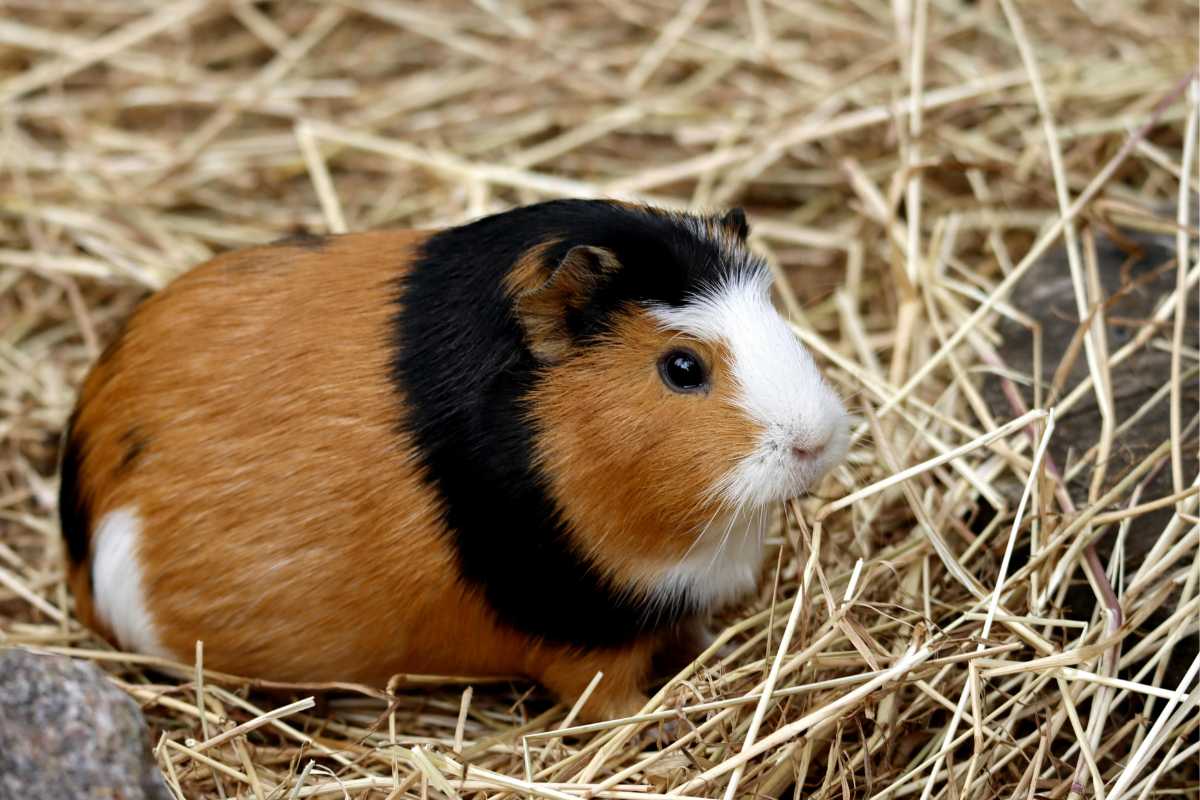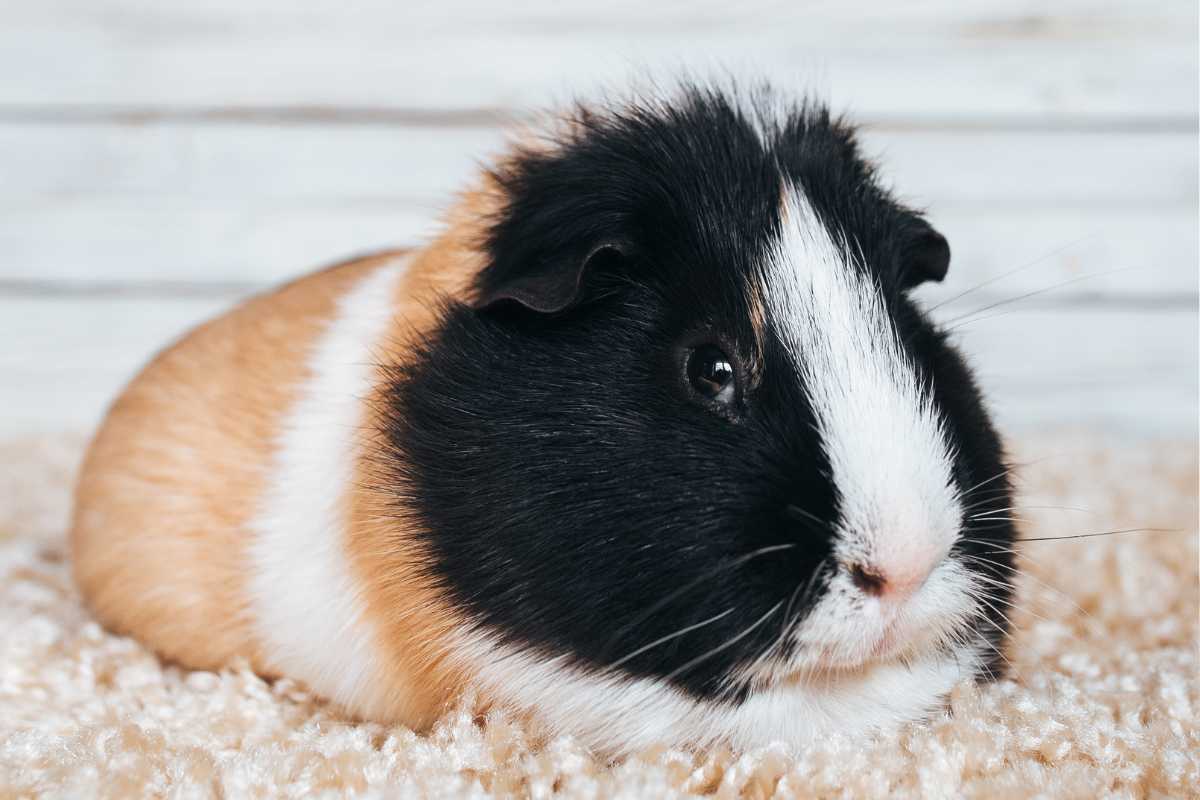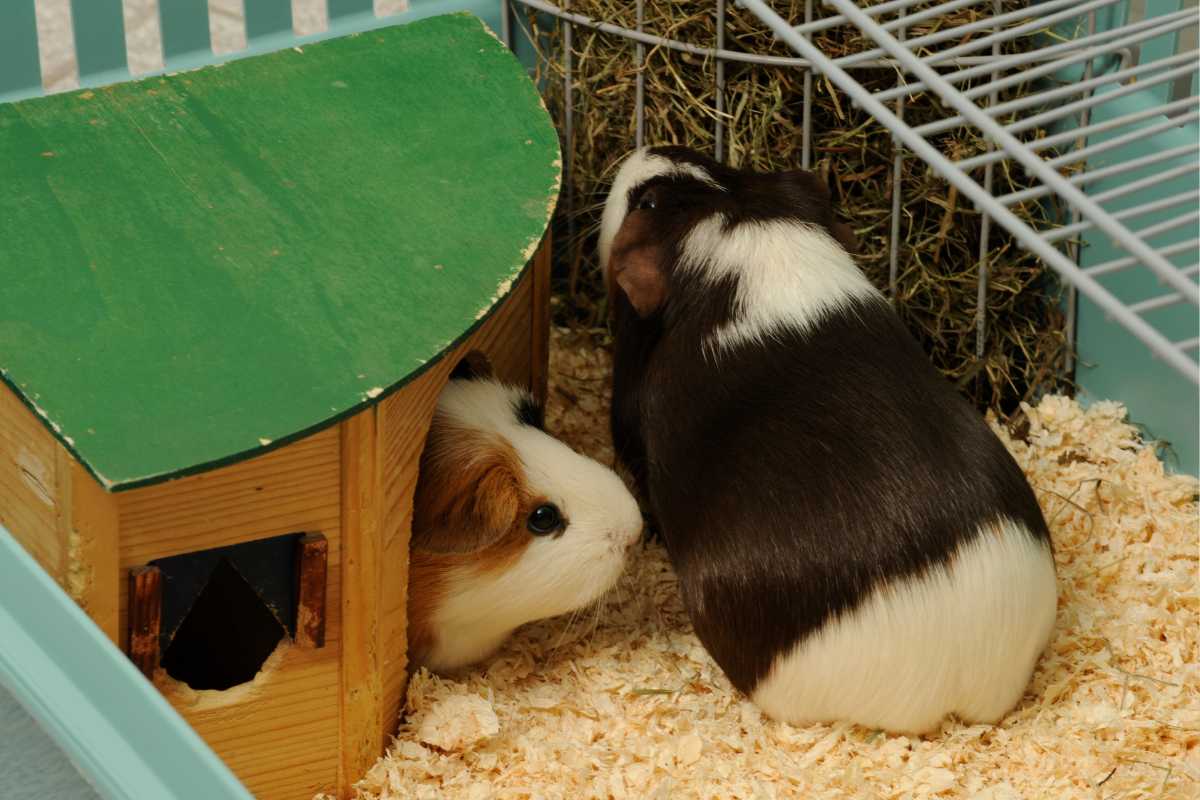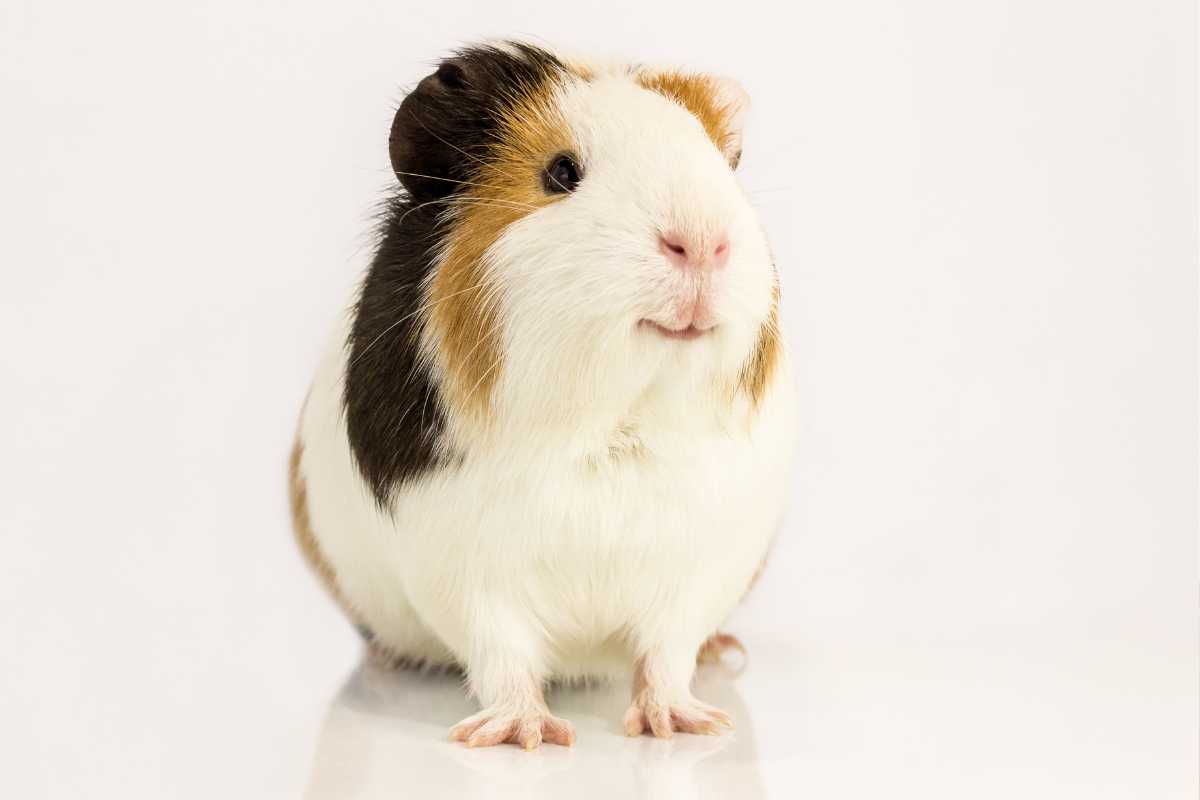- Urbaki Pets
- Small Pets
- Guinea Pigs
- How to Build a Safe Outdoor Space for Guinea Pigs
How to Build a Safe Outdoor Space for Guinea Pigs
15/09/2024 · Updated on: 17/10/2025

Building a safe outdoor space for guinea pigs is one of the most rewarding upgrades you can make to their routine.
Fresh air, natural light, and new scents enrich their day—as long as the area is secure, shaded, and easy to clean.
This guide walks you through practical choices that protect your pets from heat, cold, and predators while keeping daily care simple.
Quick Pre-Build Checklist

Before you start, make sure you can provide the essentials. Keep this short list in mind as you sketch the layout and gather materials.
Constant shade during the hottest hours.
Rigid wire mesh with a solid roof to keep predators out.
Anti-dig protection around the perimeter.
Fresh water and unlimited hay at all times.
Safe plants and clean substrate, no pesticides or chemical fertilizers.
Short, supervised sessions at first to let them acclimate.
Space That Feels Good to Use

A run that looks big to us can feel cramped to guinea pigs. Aim for generous floor space and easy flow between zones.
Recommended Dimensions & Layout
For a bonded pair, plan an exercise area around 2 m × 1 m (≈6.5 ft × 3.3 ft) or more, plus attached shelter. Bigger is always better—more room reduces stress and boredom. Create distinct zones:
Sun–shade gradient: place a shade sail or pergola fabric over at least half the run.
Shelter hubs: two or more hideouts so shyer pigs don’t get cornered.
Foraging lane: a simple strip for scatter-feeding and safe plants.
Human access: a gate you can open easily, or a top that lifts for cleaning.
Keep pathways clear so pigs can sprint, circle, and change direction without obstacles.
Predator-Proofing That Actually Works

Guinea pigs are prey animals; good hardware is non-negotiable.
Roof and Sides
Use rigid, galvanized hardware cloth (not thin chicken wire), secured with screws and washers or heavy staples.
Openings should be small enough that a paw can’t reach through. Cover the top fully—hawks and neighborhood cats are opportunists.
Ground Security
Most risks come from below. Install a buried “apron”: extend mesh 20–30 cm (8–12 in) out from the walls and bury it, or lay it flat on the grass and pin it down so animals can’t dig under.
If your yard floods, raise the run on pavers or a deck frame to keep bedding dry.
Latches and Gaps
Use locking latches that can’t be nudged open. Check corners for wiggle room; add trim or angle brackets to close any gaps.
Climate-Smart Comfort

Guinea pigs handle mild weather well, but heat is the real danger. Treat temperature as part of the design.
Heat Management
Comfort lives around 18–23 °C (65–75 °F). Once you approach 24–28 °C (75–82 °F), watch closely for heat stress; at ≈29 °C (85 °F) or higher, move them indoors.
Use 50–70% shade cloth, ventilated hides, ceramic tiles cooled in the fridge, and frozen water bottles wrapped in cloth.
Signs of trouble include lethargy, fast breathing, drooling, or lying stretched out and unresponsive—bring them inside immediately and contact a vet if symptoms persist.
Cold, Wind, and Rain
Cool air is manageable if pigs are dry and sheltered. Add wind breaks, keep bedding dry, and shorten outdoor time if temperatures dip below the mid-teens °C (≈59 °F). After rain, replace damp bedding quickly to prevent skin problems.
Substrates, Bedding, and Clean-Up

Outdoor runs get messy in different ways than indoor cages. Choose materials that balance comfort and drainage.
Underlay: pavers, deck tiles, or pea gravel beneath a removable layer helps drainage and keeps floors level.
Top layer: fleece liners over absorbent pads for easy swaps, or paper-based bedding in a low-sided tray for spot-cleaning.
Avoid aromatic softwoods as bedding (e.g., cedar); they may irritate airways.
Keep it dry: damp zones chill guinea pigs quickly and attract insects.
Plants: Safe Browsing vs. Risky Greens
A little yard grazing adds enrichment, but not everything green is friendly.
Safer Options (in moderation)
Dandelion leaves and flowers, plantain (the lawn weed), clover, parsley, young grass unmowed by a lawnmower. Rinse off dust and never use yard areas treated with chemicals.
Avoid Completely
Avocado (all parts), bulb plants (tulip, daffodil), ivy, dieffenbachia, rhubarb, tomato leaves/stems, onion and garlic family, and iceberg lettuce.
And never offer lawnmower clippings—they ferment fast and can cause GI upsets.
Pro tip: Keep a small planter box just for your pigs with safe herbs and grasses. It’s easy to refresh and keeps curious mouths away from risky landscaping.
Water, Hay, and Fresh Food Outdoors

Hydration is your best heat-defense. Offer two water sources—a bottle and a ceramic bowl—so if one fails, they still drink. Position them in the shade.
Provide unlimited hay at all times; rotate small portions of vegetables to prevent spoilage in the sun. Remove uneaten fresh food after 30–60 minutes on hot days.
A Routine That Keeps the Space Fresh
Consistency makes outdoor time safer and easier to manage.
Daily
Refill water, top up hay, and spot-clean damp areas.
Check shade coverage as the sun moves.
Scan for sharp edges, loose staples, or animal dig marks.
Weekly
Deep clean: replace bedding, wipe surfaces with a pet-safe disinfectant, wash fleece liners.
Rotate hideouts and tunnels to keep interest high.
Inspect mesh for rust and latches for play.
Seasonal
Reseal wood, tighten fasteners, and check for gaps.
Audit plants as your garden changes; remove self-seeded or toxic volunteers.
Upgrade shade solutions before the first heat wave, not after.
Introductions and Supervision

If your pigs are new to the outdoors, start with short sessions (10–15 minutes) in the coolest hours and build up slowly. Stay nearby at dawn and dusk when predators are most active.
If one pig freezes or seems overwhelmed, offer an extra hide and reduce session length. Outdoor time is enrichment—not a requirement—so move indoors anytime the weather feels questionable.
Materials & Tools at a Glance
Keep this simple shopping roadmap handy:
Frame: untreated hardwood or exterior-safe lumber sealed on the outside only.
Mesh: rigid galvanized hardware cloth with small openings; screws + washers to fix.
Roof: same mesh or solid roofing with ventilation.
Floor security: buried mesh apron or raised base.
Latches: metal with lock-through holes.
Shade: UV-stable shade cloth; clips or hooks to adjust angle through the day.
Troubleshooting: Common Hiccups
Chewing the mesh: add chew stations (apple wood, hay twists) and provide more foraging scatter to redirect energy.
Persistent damp spots: improve drainage with pavers under that section, and switch to faster-drying top layers.
Hot-day lethargy: move indoors, offer cool surfaces and water, then reassess your shade coverage and session timing.
Noise sensitivity: add partial solid walls on the windward or street-facing side to create a calmer core zone.
Helpful Cross-Reading

To deepen your setup, pair this guide with resources on indoor housing, daily diet and hay selection, and reading guinea pig body language. Internal links to these topics keep readers engaged and give beginners a reliable path forward.
A Safer Yard, Happier Pigs
Outdoor time can be the highlight of a guinea pig’s day when the space is secure, shaded, and easy to maintain.
Focus on solid predator-proofing, smart shade, and clear routines, and you’ll create a run that invites confident zoomies in every season.
Start small, observe your pigs, and adjust as you go—their behavior tells you when you’ve got it right.
Enjoy The Video About Guinea Pigs

Source: Meerschweinchenstall

Urbaki Editorial Team is the collaborative byline behind our pet-care guides. Our writers and editors turn evidence and real-life experience into clear, humane advice on training, wellbeing, nutrition basics, and everyday life with animals. Every article is planned, written, and edited by humans, fact-checked against reputable veterinary sources, and updated over time. This is an editorial pen name—see our Editorial Policy. Educational only; not a substitute for veterinary advice.

You may also like